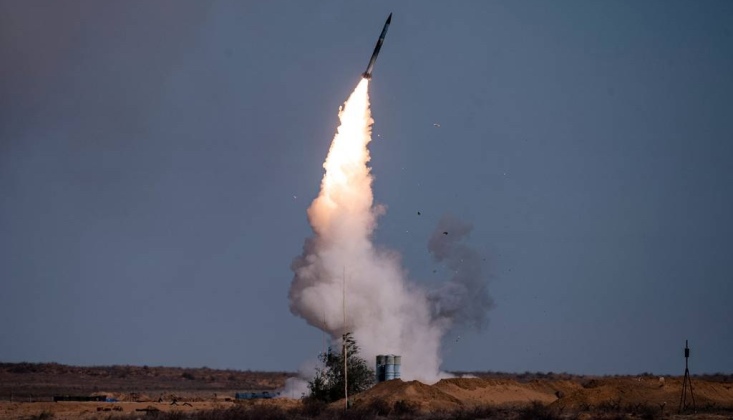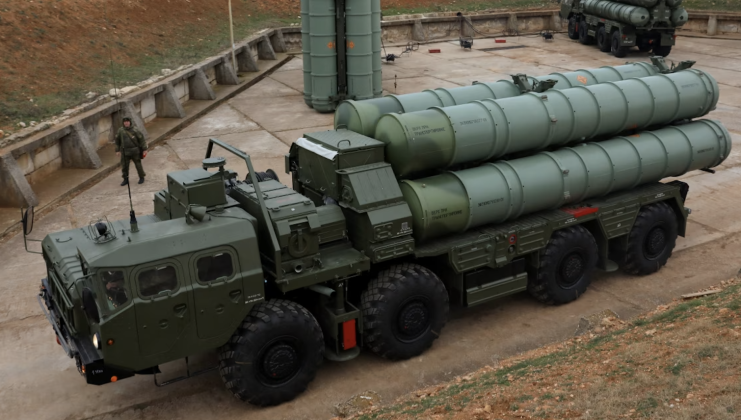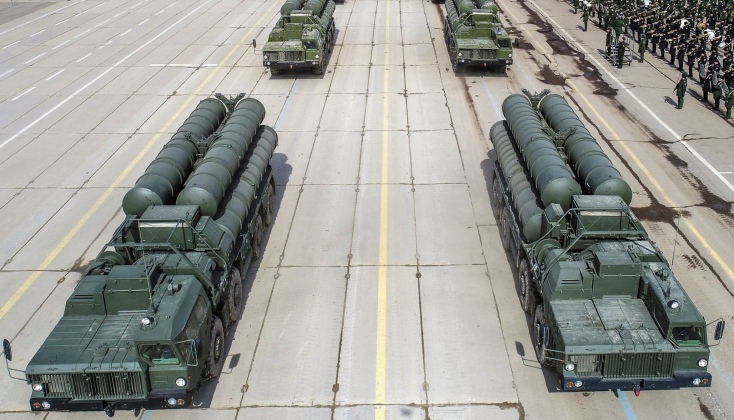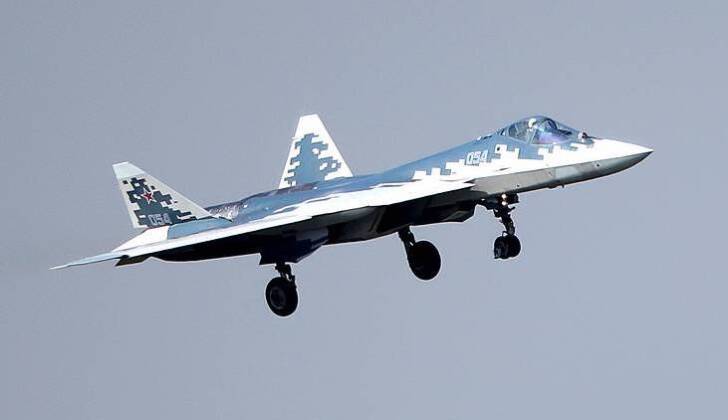News
India Planing Purchase of $1.1 Billion Worth of New Missiles For its S-400 Air Defences
The Indian Defence Ministry is currently holding talks to procure up to 100 billion rupees ($1.1 billion) worth of surface-to-air missiles for its Russian-supplied S-400 long range air defence systems. According to local sources, the Indian Defence Ministry is expected to further examine the Air Force’s proposal for procurements during the upcoming session of the defence acquisition council scheduled for October 23. Local media outlets have reported that the high demonstrated performance of the S-400 system during engagements with Pakistani forces in early May are a primary factor stimulating the Air Force to seek to increase its investment in these systems. Indian sources credit S-400 battalions with shooting down five or six Pakistani fighter jets and one large support aircraft, likely an early warning and control system. India is the only foreign operator of the S-400 known to have tested it in combat, with the Russian Aerospace Forces’ own systems having first seen combat only in February 2022.

Alongside procurements of new missiles, the Indian Defence Ministry was confirmed in early September to have initiated talks for the procurement of further complete S-400 systems to equip additional battalions. Local media reported in the first week of October that the Defence Ministry had decided to place orders, with contracts planned for signing in early December coinciding with a visit to the country by Russian President Vladimir Putin. These reports closely coincide with confirmation in mid-September that the Russian defence concern responsible for air defence production, Almaz-Antey, had since the beginning of the year more than doubled its output of missiles for the S-400 and S-350 systems. This is expected to facilitate not only faster exports, but also a more rapid expansion of the Russian Aerospace Forces’ own arsenal, with the service already fielding over 35 regiments’ worth of the systems.

The S-400 is one of two major aerial warfare systems that has recently been procured by the Indian Armed Forces, with the second, the French Rafale fighter, considered to have seriously underperformed in recent engagements with Pakistan. Five regiments’ worth of the systems were ordered in October 2018 under a $5.4 billion contract, with procurements revolutionising India’s previously very limited long range air defence capabilities. Following engagements with Pakistani forces in May, it was confirmed that the S-400 systems has been equipped with 40N6 long range surface-to-air missiles, which are by far the longest ranged weapons of their kind ever exported. This has allowed the Indian Air Force to shoot down at least one hostile aircraft at a 300 kilometre range, with the missile having demonstrated a maximum targeting range of 400 kilometres allowing it to engage targets deep inside hostile airspace.

The Indian Air Force’s high degree of satisfaction with the S-400’s combat performance is thought to have been a primary factor leading it to seek to make additional procurements. Commenting on the system’s performance, Indian Air Force Air Chief Marshal Amar Preet Singh in early August observed: “The S-400 system which we had recently bought has been a game changer… The kill range of that system kept their aircraft away from the maximum distance at which they could employ their long-range air-to-ground weapons, like those long-range glide bombs that they have.” Indian Prime Minister Narendra Modi on May 13 singled out the system’s performance when commenting on the war effort, stressing: “platforms like the S-400 have given unprecedented strength to the country.”

Indian officials’ widespread praise for the S-400’s performance has coincided with growing reports from both local media and official sources that the Defence Ministry is expected to sign a major contract to procure Russian Su-57 fifth generation fighter aircraft, which would provide highly complementary capabilities to those of the S-400. The Su-57’s ability to provide sensor data on targets across all altitudes from deep inside hostile airspace has the potential to significantly improve the S-400’s performance. A license production deal is expected to see all but the first 40 fighters produced under license in India, while technologies are transferred to the Indian Defence Sector which will support the country’s troubled indigenous fighter development efforts. India is proceeding with major new procurements despite facing renewed and considerable pressure from the United States to curb its continued procurements of Russian defence equipment.












